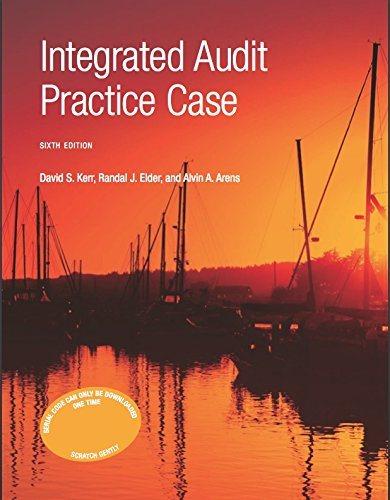Shortly after being hired as an analyst with Giobal American Airlines, Kim Willams was asked to prepare a report that focused on passenger ticketing cost. The airline writes most of its own tickets (largely through reservations personnel), makes little use of travel agents, and has seen an ever-increasing passenger interest in e-ticketing (i.e, electronic reservations and tickets handled over the Intemet]. After some discussion, Willams thought it would be beneficial to begin her report with an overview of three different cost estimation tools: scatter diagrams, least-squares regression, and the high-low method. She would then present the results of her analysis of the past year's monthly ticketing cost, which was driven largely by the number of tickets written. These results would be presented in the form of algebraic equations that were derived by the three tools just cited. The equations follow. ( C denotes ticketing cost, and PT denotes number of passenger tickets written.) Scatter diagram: C=$390.000+$2.90PT least-squares regression: C=$490.000+$2.95PT High-low method: C=$320,000+$3,10PT Willams had analyzed data over the past 12 months and built equations on these data, purposely including the slowest month of the year (February) and the busiest month (November) so that things would ". tend to average out." She observed that November was especially busy because of Thanksgiving. passengers purchasing tickets for upcoming holiday travel in December, and the effects of a strike by Delta Western Airlines, Global American's chief competitor. The lengthy strike resulted in many of Delta Westem's passengers being rerouted on Global American flights. Required: 3. Assuming the use of least-squares regression, explain what the $490,000 and $2.95 figures represent: 4. Assuming the use of a scatter diagram, predict the cost of an upcoming month when Global American expects to write 700,000 tickets Complete this question by entering your answers in the tabs below







